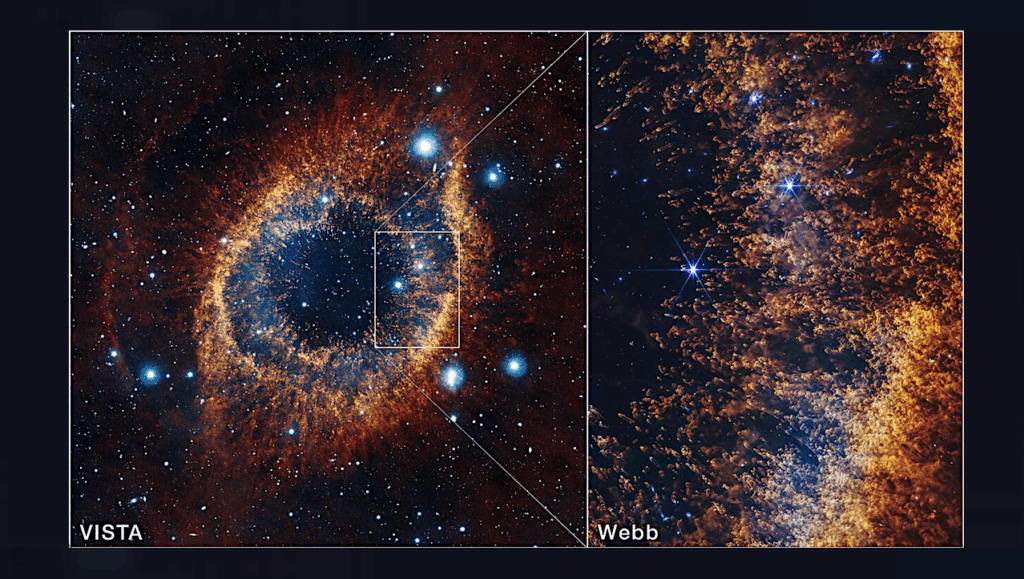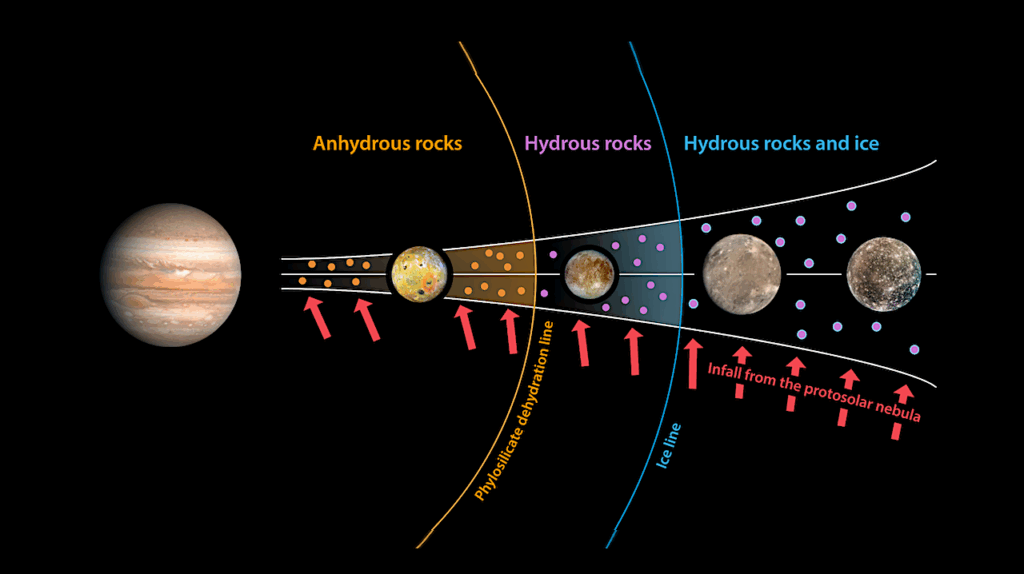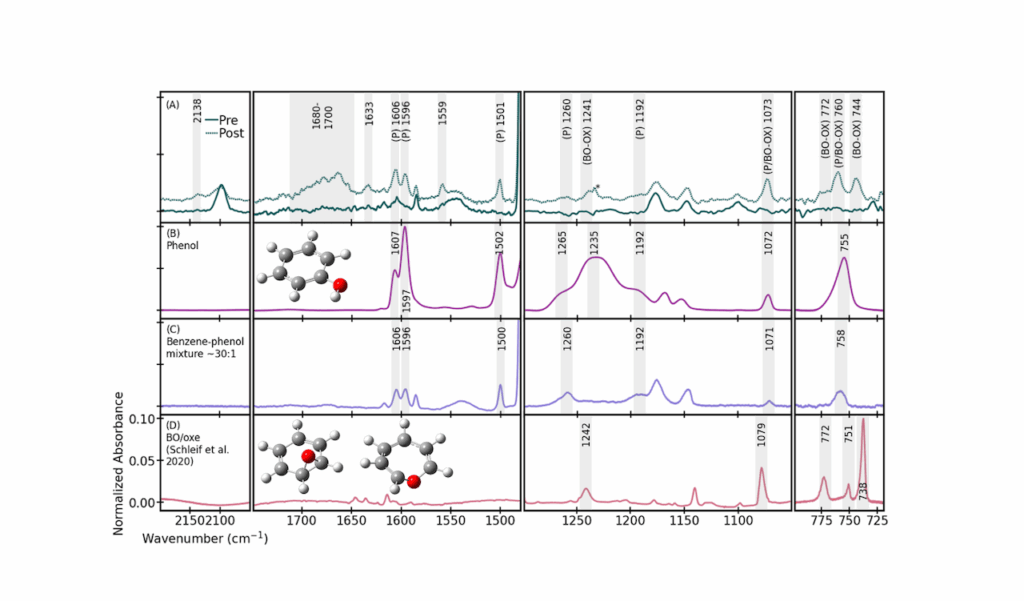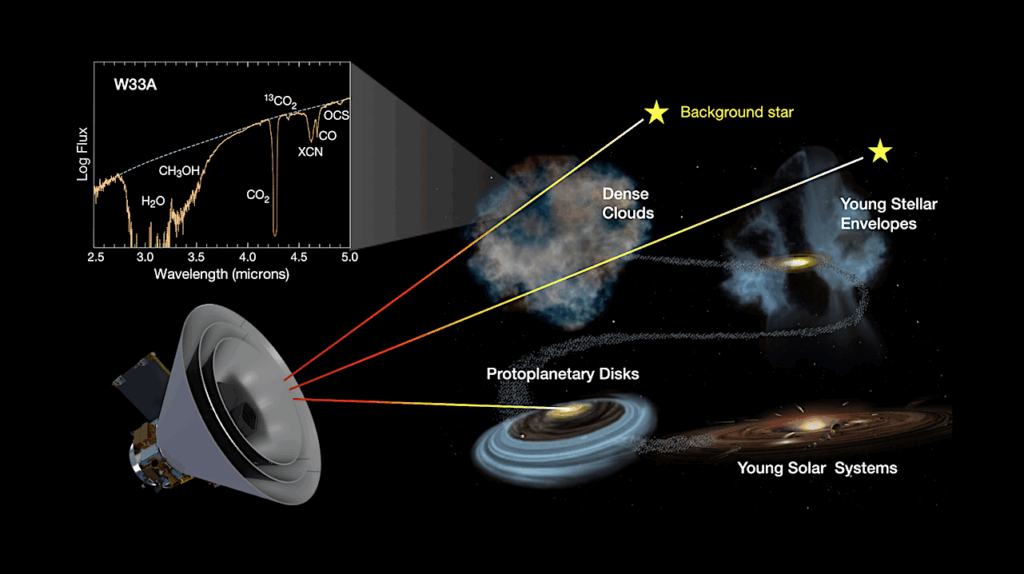Astrochemical Model to Study the Abundances of Branched Carbon-chain Molecules in a Hot Molecular Core with Realistic Binding Energies

Straight-chain (normal-propyl cyanide, n – C3H7CN) and branched-chain (iso-propyl cyanide, i – C3H7CN) alkyl cyanides are recently identified in the massive star-forming regions (Sgr B2(N) and Orion).
These branched-chain molecules indicate that the key amino acids (side-chain structures) may also be present in a similar region. The process by which this branching could propagate towards the higher-order (butyl cyanide, C4H9CN) is an active field of research. Since the grain catalysis process could have formed a major portion of these species, considering a realistic set of binding energies are indeed essential.
We employ quantum chemical calculations to estimate the binding energy of these species considering water as a substrate because water is the principal constituent of this interstellar ice. We find significantly lower binding energy values for these species than were previously used. It is noticed that the use of realistic binding energy values can significantly change the abundance of these species. The branching is more favorable for the higher-order alkyl cyanides with the new binding energies.
With the inclusion of our new binding energy values and one essential destruction reaction (i – C3H7CN + H -> CH3C(CH3)CN + H2, having an activation barrier of 947 K), abundances of t – C4H9CN dramatically increased.
Satyam Srivastav, Milan Sil, Prasanta Gorai, Amit Pathak, Bhalamurugan Sivaraman, Ankan Das
Comments: 16 pages, 16 figures, 8 tables, accepted for publication in MNRAS
Subjects: Astrophysics of Galaxies (astro-ph.GA); Solar and Stellar Astrophysics (astro-ph.SR)
Cite as: arXiv:2208.03531 [astro-ph.GA] (or arXiv:2208.03531v1 [astro-ph.GA] for this version)
Related DOI:
https://doi.org/10.1093/mnras/stac1904
Focus to learn more
Submission history
From: Ankan Das
[v1] Sat, 6 Aug 2022 15:31:04 UTC (2,022 KB)
https://arxiv.org/abs/2208.03531
Astrobiology, Astrochemistry,








